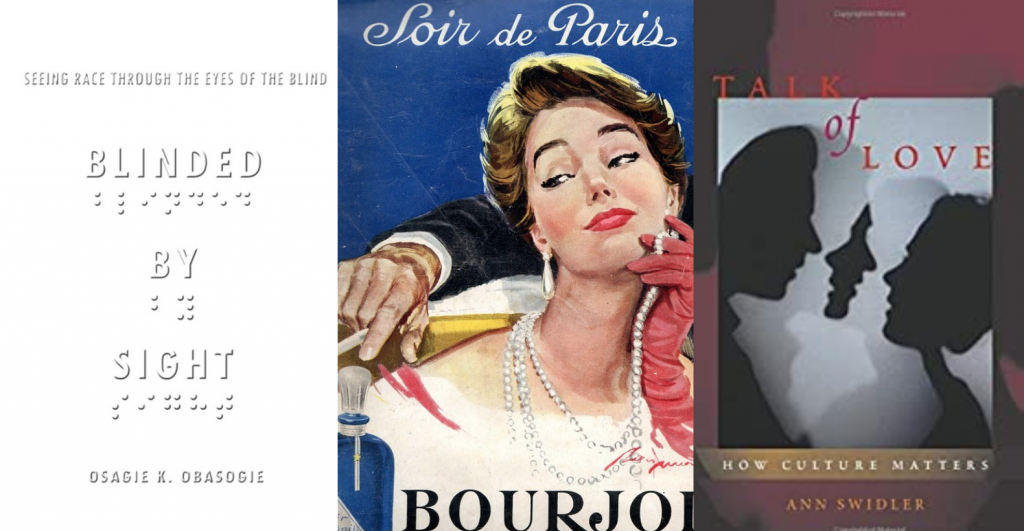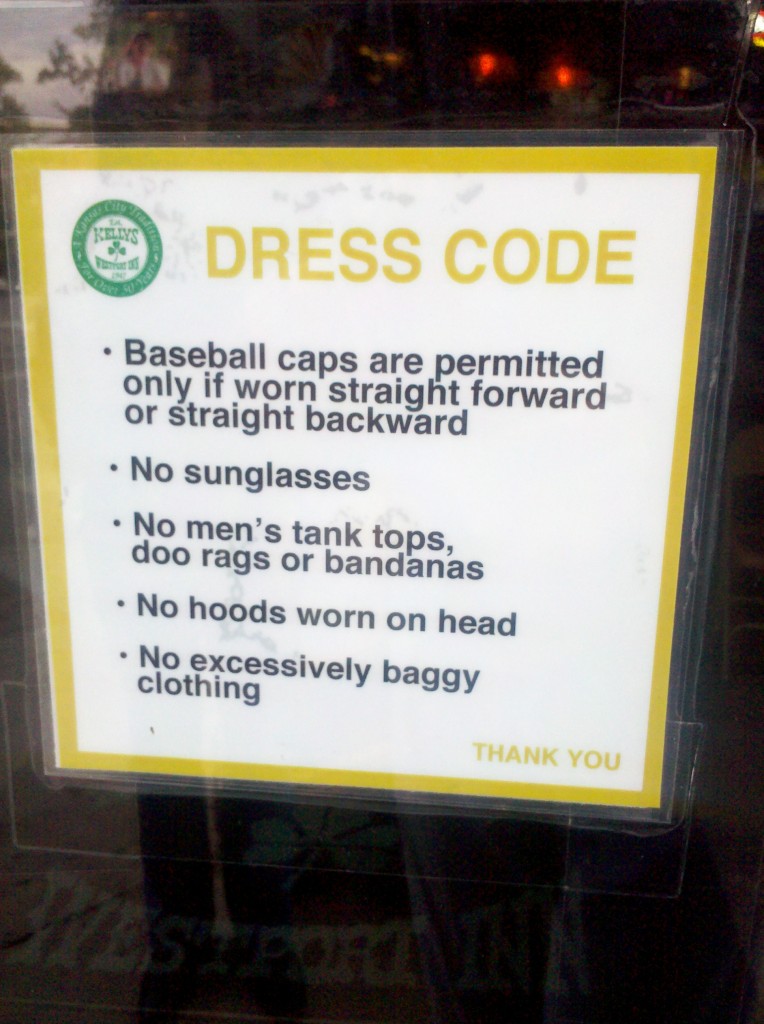
Because everything is currently terrible, I binge-watched Love is Blind. In case you are planning to do the same, this is a spoiler-free post.
You probably know the premise: contestants in this romantic reality romp go on speed dates in little pods. They can’t see their conversation partners, and at the end of the dates they decide whether to get engaged before seeing each other. The question is whether love can flourish when we cast aside our assumptions about appearances, including race, wealth, and sexuality.1 It is a mess. I couldn’t look away.
What struck me most about the show isn’t actually what unfolded, but instead how it is based on an interesting assumption about the way biases work: if you can’t see anything to make a snap judgment, you have to be genuine and objective, right? This reminded me of how people use the term “colorblind” to signal that they don’t feel racial bias. Scholars are critical of this colorblindness because it suggests that ignoring social differences is the same as reducing biases against those differences.
Does limited information actually make us less likely to make snap judgements? Social science findings are a pretty mixed bag.
On the one hand, taking information away in some cases has been shown to give people a fair shot. One big example is the “ban the box” movement. This policy reform effort works to remove the initial reporting of felony convictions on applications, based on the fact that people with criminal records often face high rates of discrimination when they try to get jobs or go to school.
On the other hand, “blindness” doesn’t necessarily reduce bias. Our brains are pattern-making machines ready to fill in any gaps with our own best guesses. One of the most interesting findings on this is that people who are blind still understand race in visual terms. Experimental studies show that people can “smell” social class, matching perfume scents alone to our assumptions about taste and wealth. Jumping to conclusions is exactly what the mind does when you give it an incomplete picture, and you can see this lead to some particularly cringe-worthy moments early in the show.

Implicit biases are implicit for a reason: they happen whether or not you are trying to stop them. The important part is to recognize them and consciously work to set them aside, rather than thinking they can be cast out by cutting off your information or attention. Again, avoiding spoilers, I think the most successful couples on the show were self-aware enough to know how much work they would have to put in after leaving the pods. For the couples who thought the experiment made this “meant to be”—that their relationship was somehow special, pre-ordained, or protected by the process—well, we got our fair share of drama.
1 They kept calling the show an “experiment.” The scientist talked about “testing hypotheses.” This irked me, because you know IRB would absolutely freak out if one of us tried to propose this as a study.
Evan Stewart is an assistant professor of sociology at University of Massachusetts Boston. You can follow his work at his website, on Twitter, or on BlueSky.







